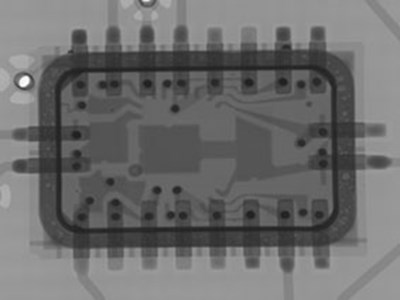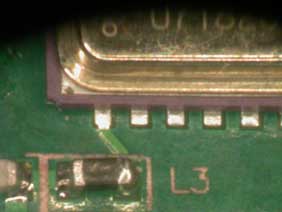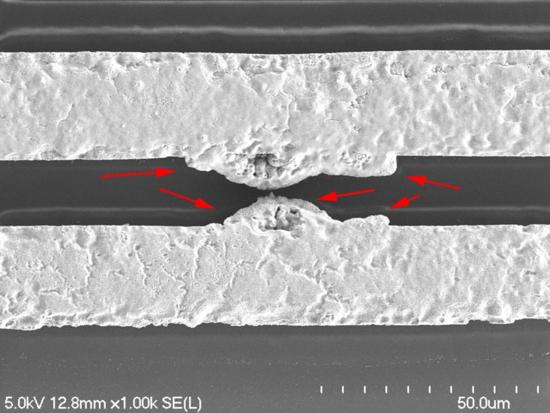Counterfeit Detection Services | Authenticating Electronic Components

Counterfeit integrated circuits pose a significant threat to the global electronics component supply chain and are becoming more difficult to detect as the counterfeiters increase their level of sophistication. They are of great concern to industry and government because a system malfunction can present situations that cause mission failures, health and safety concerns, and could jeopardize national security; they can have a negative impact on brand reputation, and research and development efforts; counterfeits pose a reduction in reliability; and they channel substantial resources to criminal networks, organized crime and the illicit marketplace.
A counterfeit electronic component/part either 1) is an unauthorized copy; 2) does not conform to original component manufacturer (OCM) design, model, and/or performance standards; 3) is not produced by the OCM or is produced by unauthorized contractors; 4) is an off-specification, defective, or used OCM product sold as new; or 5) has incorrect or false markings and/or documentation. Based on the above, we classify the counterfeit types in seven distinct categories namely recycled, remarked, defective/out-of-spec, forged documentation, overproduced, cloned, and tampered.
Counterfeiting is a multidimensional problem due to the different counterfeit types, different defect taxonomies, and evolving nature of the counterfeiters. As industry comes up with new detection methods, the counterfeiters come up with new ways to evade detection. One cannot reach a definite conclusion whether a part is counterfeit or not by performing a simple test. A set of test methods is necessary for detection of counterfeit parts, and to achieve a desired confidence level that the part is not counterfeit based on what we know about counterfeiting today. The test methods can be classified into three distinct categories, namely, physical tests, environmental tests, and electrical tests.
Physical tests are mostly performed to verify the physical and chemical/material properties of the component, such as, package, leads, dies, etc and their chemical and material composition. These tests are classified into four major categories:
- External Visual Inspection
- Package Analysis
- Delid/Internal Verification
- Materials Analysis
Electrical tests are mostly applied to verify the correct functionality and performance of a component. These tests may be different for different types of components, namely, analog, microprocessors, programmable logic arrays, memories, etc. Automatic test equipment (ATE) may be required for some high-end digital and analog integrated circuits.
- Parametric Tests
- Functional Tests
- Burn-In Tests
- Structural Tests


